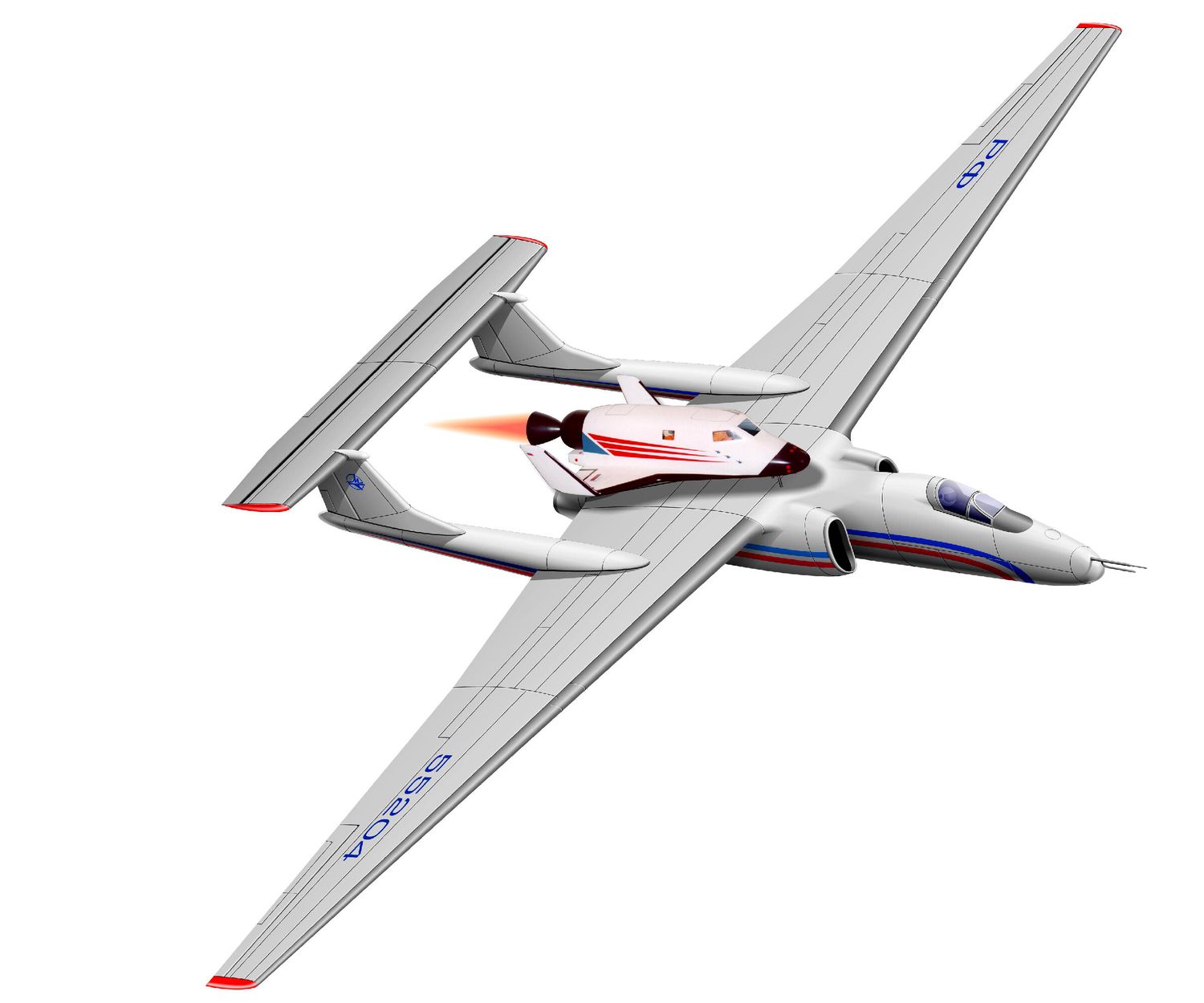Space tourism has a new player
Hand in hand with the advance of aerospace technology and through international cooperation, space could, in the near future, cease to be a place only for those who have the right stuff. The select club of astronauts has begun to expand by leaps and bounds: flying into space is turning into a form of extreme tourism, similar to climbing Mount Everest.
Now, there will be a new player in the growing suborbital flight market, in which Richard Branson’s Virgin Galactic, and Jeff Bezos’ Blue Origin, among others, are competing: the Russian company Suborbital Corporation has signed a contract with design bureau V. M. Myasishchev design bureau to jointly develop a preliminary layout of its C-XXI Crew Module. The agreement also includes the construction of a full-scale model.
The program has certain technical requirements:
- A flight profile with a minimum apogee (distance to the surface) of 101 km.
- Capacity for at least two tourists and one pilot
- Large observation windows
- A turn-around duration allowing at least one flight per week
According to Sergei Kostenko, President of Suborbital Corporation, the project will address the needs of the market by using the technologies available to Russian specialists. Kostenko said that studies of the space tourism market have shown that the number of people wishing to visit space is measured «not by hundreds or thousands, but by hundreds of thousands».
To implement the idea of space tourism commercially, it is necessary to ensure the achievement of a high level of technical and economic efficiency of the vehicles. In the first place, this requires a sharp reduction in the energy required for launch, so in the first stage, suborbital flights of short duration will be organized (the energy required to perform a suborbital flight is about an order of magnitude lower than that required for orbital flight).
Since the airdrop will occur from regular aircraft (Virgin’s SpaceShipTwo requires a special aircraft called White Knight Two for its launches) it also contributes to reducing the cost of space travel. The plane chosen for the CM launch is the M-55 Geophysica, which will be upgraded to the M-55X version, conceived especially for launching the crew module. The capsule will use a solid rocket propellant.
Crew escape and safety features will be of special relevance in the C.M. design: in the initial stages of the flight, safety will be provided by ejection seats that will eject automatically in case of problems. On the parent aircraft, meanwhile, the K-36L ejector seat was used. The ejection sequence will have the following order to ensure safety and reduce the risk of collisions between passengers, both with each other and with the equipment: passengers will be the first to be ejected, followed by the pilot of the C.M., and finally the pilot of the transport aircraft.


Comentarios
Para comentar, debés estar registrado
Por favor, iniciá sesión